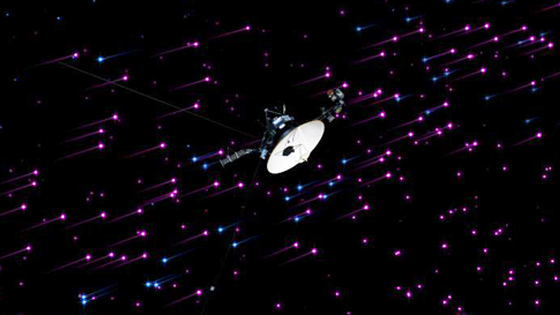[Update: No!] VOYAGER 1 has left the SOLAR SYSTEM. We did it!
[Update: It hasn’t. I frigging knew it.]
Voyager 1 has totally left the solar system. This time it is for real. Right? I feel as though I have written nineteen different posts about Voyager 1, and whether or not it has crossed the cosmic Rubicon Now comes a paper that has confirmed the spectacular leap for mankind. We get to keep it this time, right? Please?
Bad Astronomy:
It looks like humanity has become the Earth’s first interstellar species.
The spacecraft Voyager 1, launched on Sep. 5, 1977, has apparently left the solar system.
A new paper has just been released showing that Voyager 1 has definitely breached the edge of the Sun’s heliosphere, the huge region around the solar system dominated by the Sun’s solar wind. This is essentially confirmation of what had already been announced in December 2012, so this isn’t exactly new news, but given the paper has been peer-reviewed and accepted for publication, this makes it official.
So what does this mean?
The Sun blows out a wind of subatomic particles at high speed, and these flow out and past the inner planets, into interstellar space. At a distance of roughly 18 billion kilometers, about four times the distance of Neptune from the Sun, that wind is slowed to a stop by slamming into the particles that exist between the stars, what we call the interstellar medium.
That point where the solar wind stops is as good a definition of the edge of our solar system as any other. And Voyager 1 is now on the other side of it.




